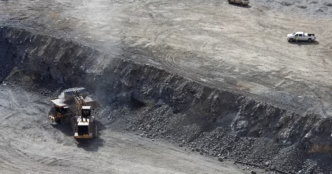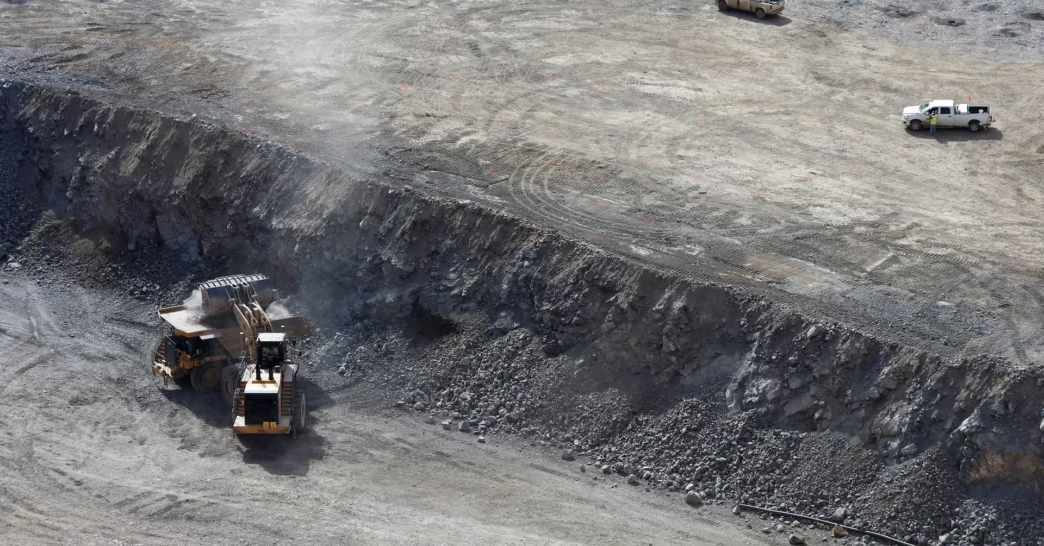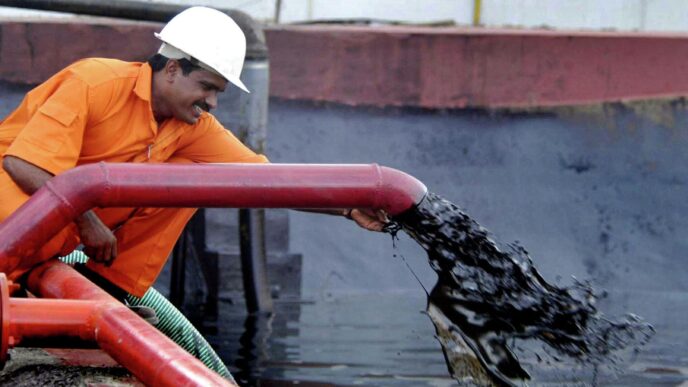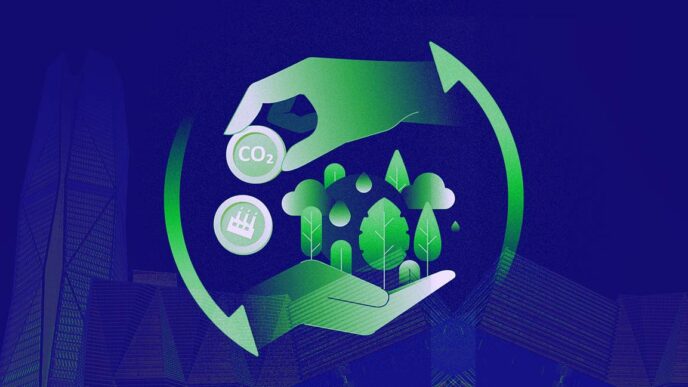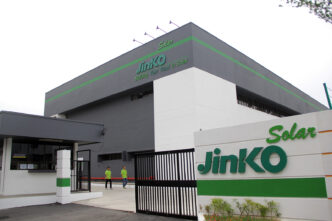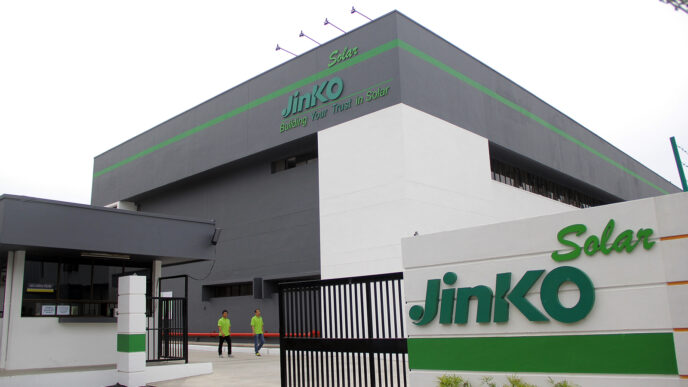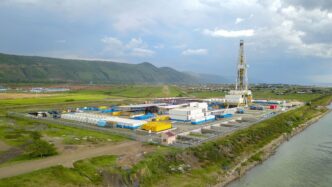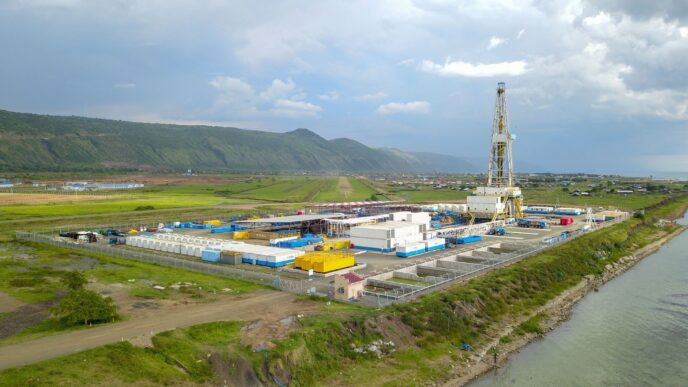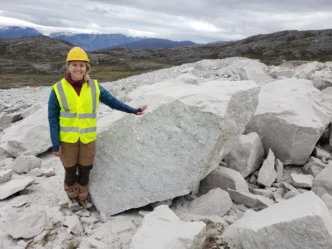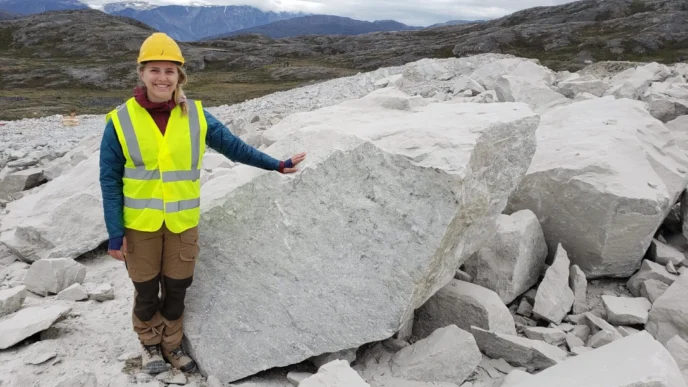In a development that could reshape global supply chains and reinvigorate domestic energy byproducts, scientists and energy experts are uncovering significant concentrations of rare earth elements (REEs) within coal ash — a previously overlooked industrial residue from decades of coal-fired power generation.
As geopolitical tensions and supply bottlenecks continue to strain access to REEs — critical components in electronics, renewable energy, and defense technologies — coal ash is emerging as a promising alternative resource, particularly for countries aiming to reduce dependence on imports from China, the dominant supplier of rare earths.
A Strategic Discovery from an Unlikely Source
Coal ash, the fine particulate byproduct left over after coal combustion, has long been considered an environmental liability. Millions of tons sit in storage ponds or landfills across the United States, posing risks to water tables and ecosystems. But new research led by the U.S. Department of Energy’s National Energy Technology Laboratory (NETL) and several university research teams shows that these ashes contain commercially viable concentrations of rare earth elements, including neodymium, dysprosium, and yttrium.
“The discovery is a game-changer,” said Dr. Helen McMillan, a lead geochemist at NETL. “We’re no longer talking just about waste mitigation — we’re talking about a strategic resource hidden in plain sight.”
Rare Earths and National Security
Rare earth elements are essential in the production of high-efficiency magnets, electric vehicles, wind turbines, semiconductors, lasers, and advanced weapons systems. Historically, over 80% of global REE processing has been controlled by China, raising concerns in Washington and Brussels about the West’s vulnerability to supply disruptions.
Reclaiming REEs from coal ash presents a dual benefit: cleaning up legacy waste and creating a domestic source of critical minerals. This aligns with U.S. strategic goals to bolster mineral independence and reduce reliance on potentially adversarial supply chains.
Technological Advancements Enabling Extraction
Until recently, extracting rare earths from coal ash was considered economically unfeasible. But advances in separation technologies — including solvent extraction, ion exchange membranes, and bioleaching — have dramatically improved recovery yields and reduced processing costs.
Pilot projects in states like Wyoming, Kentucky, and West Virginia have shown promising results. One commercial-scale initiative, backed by the Department of Energy and a consortium of universities, has already begun refining high-grade concentrates suitable for downstream processing.
Environmental and Economic Implications
Utilizing coal ash for REE recovery may also help address one of the power industry’s largest legacy issues — coal waste management. Repurposing this material into a valuable resource reduces the long-term environmental liability and offers economic opportunities in regions hit hardest by the decline of coal.
“This could provide a powerful revitalization tool for post-coal communities,” said Mark Donovan, director of Energy Transition Studies at the Brookings Institution. “We’re not just cleaning up the past — we’re building new industrial futures.”
Industry Response and Global Interest
Mining companies, material science firms, and clean-tech investors are beginning to explore partnerships and joint ventures focused on coal ash REE recovery. Meanwhile, countries like Australia and India are launching their own studies into legacy coal waste as a strategic resource, following the U.S. lead.
With demand for rare earths expected to triple by 2035 due to the electrification of transportation and AI-related computing infrastructure, the potential value of coal ash is rapidly shifting from waste to asset.
Conclusion: A Resource Rethought
As the energy transition accelerates and global supply chains are reshaped, coal ash is emerging as a viable, untapped domestic source of rare earth elements. With the right investment in technology, regulation, and partnerships, this overlooked byproduct of the past may fuel the critical materials supply of the future — giving new value to yesterday’s waste and securing tomorrow’s innovation.

